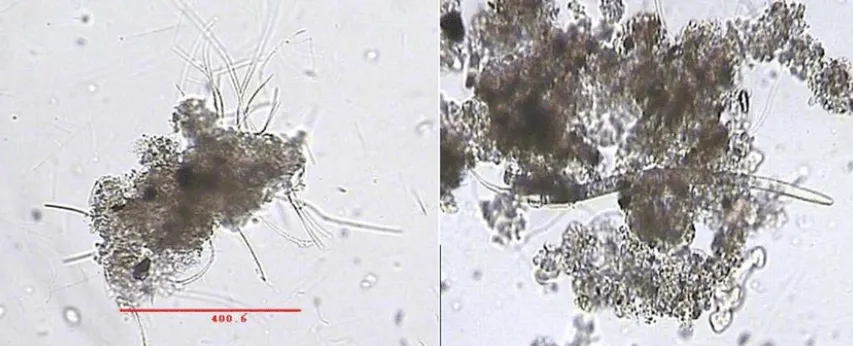In many countries and coastal villages across Asia with limited land space, small-scale shrimp farmers face a constant challenge: producing enough shrimp to sustain their livelihood while safeguarding the environment they rely on. Although this is no simple feat, recent research points to potential solutions for a more sustainable future.
The Broader Perspective: Small Farms, Significant Impact
Imagine a typical shrimp farm in India or Vietnam, just about the size of a football field. These small farms, often under 2 hectares in size, are responsible for the majority of Asia’s shrimp exports. However, they are increasingly grappling with challenges such as disease outbreaks and environmental issues.
The rapid growth of shrimp farming areas has led to the destruction of mangrove forests, jeopardizing both local livelihoods and the surrounding ecosystem. These environmental consequences aren't only harmful to nature—they also pose a serious threat to the future of shrimp farming.
Solution: These systems can use 90% less land than traditional methods, save significantly energy costs and have a better control of disease outbreak. For consumers, this means recognizing that sustainable aqua farming goes beyond what occurs in the pond – it involves supporting systems that enable small farmers to thrive in an environmentally sustainable way. With our customized solutions, we only provides what you actually need.






